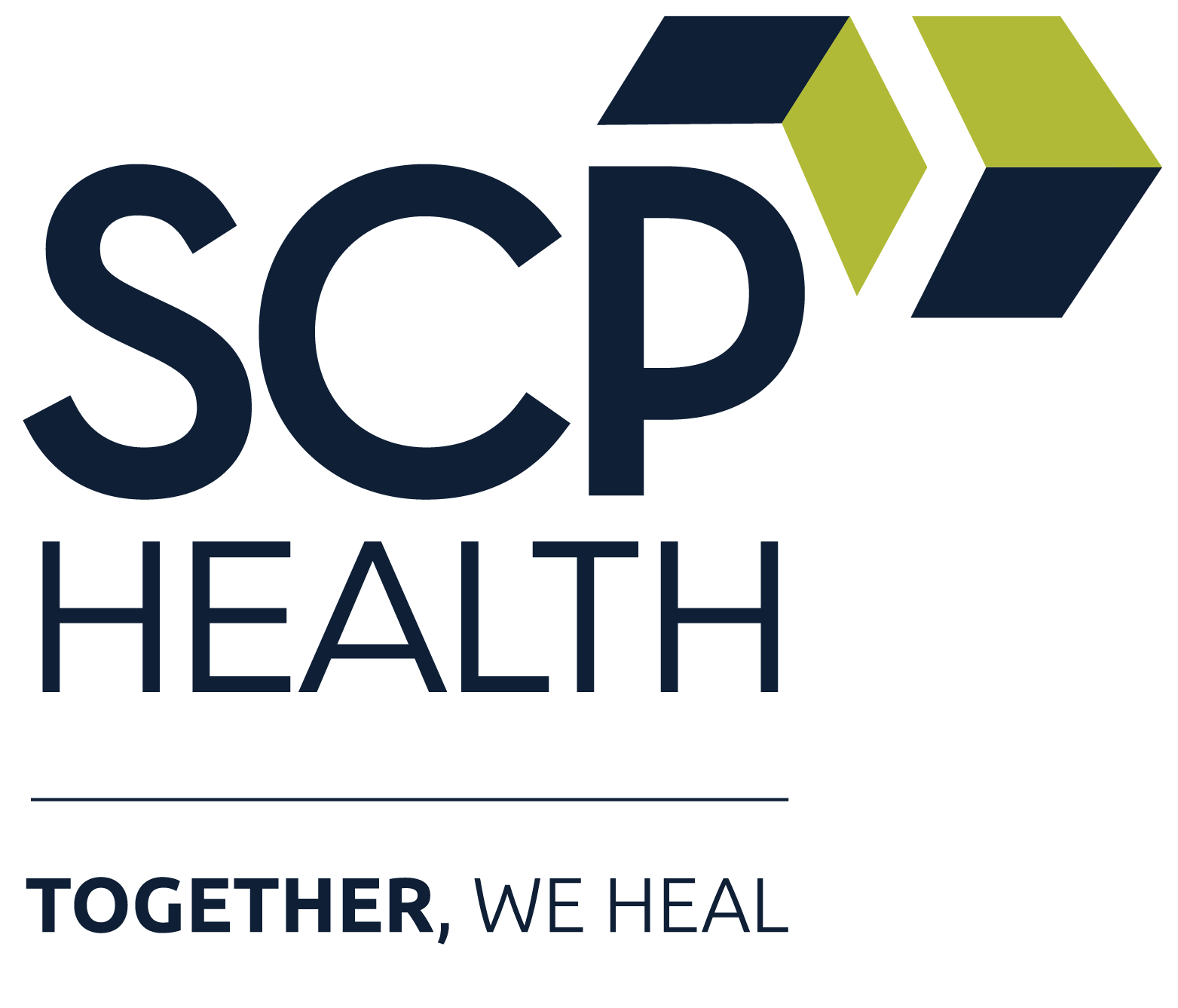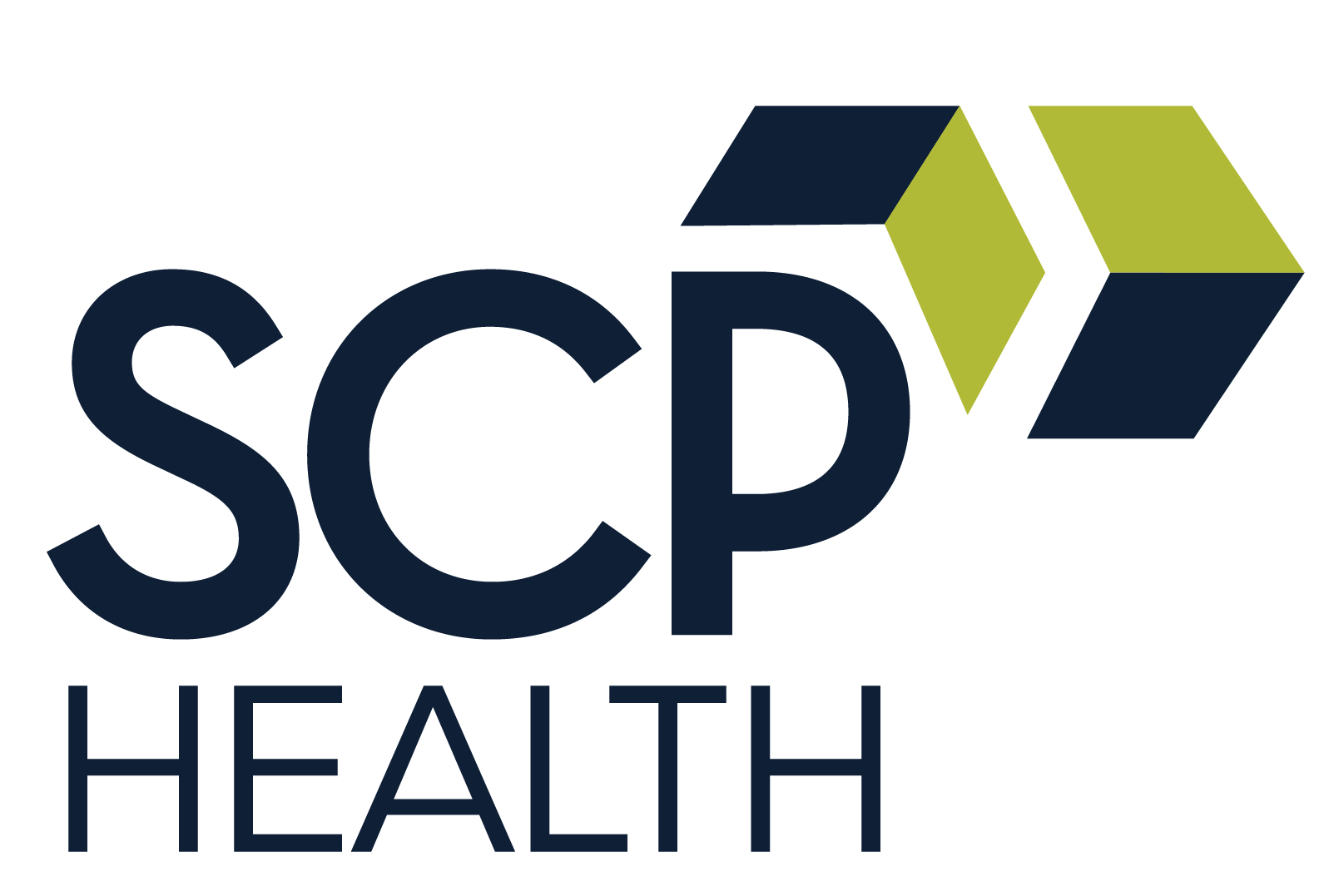The title of this post asks a crucial question.
At first glance, the answer seems obvious — revenue cycle management (RCM) is the revenue driver of healthcare. It is the business process that takes a clinical service event and turns it into dollars for the hospital or health system.
“Revenue cycle management uses documented records of clinical encounters to interpret what services are rendered and turn them into medical claims,” said Keith Cantrell, Chief Revenue Officer, SCP Health (SCP).
Effective hospital revenue cycle management is crucial
That process, as seamless as it may be, doesn’t fully convey RCM’s importance in the era of value-based care when changing regulations, a transitioning coding system, and pressures on clinicians to prove value often result in lower reimbursement rates.
“Today, you have to prove that what you’re rendering is valuable and value can be defined in different ways, usually through clinical outcomes,” Cantrell said. “Is the patient feeling better than when he entered the system? It’s critical in RCM that you capture all the data elements to translate the value of what was rendered at the bedside.”
An effective revenue cycle team has a thorough grasp on what data should be gathered to prove value.
According to Cantrell, “By identifying what the clinical quality delivery elements are, we are better able to capture the necessary information, taking the data that was delivered at the bedside and translating it into meaningful outputs and quality measurements.”
Slow reimbursement growth over the past few years has put added incentive on revenue cycle services to more accurately capture provided care.
“Denial management has driven up health care costs,” Cantrell said. “Clinician groups are working with the insurance companies to get them to understand that the service provided is worth the contracted rate. Oftentimes they will deny it, so you have to invest more in infrastructure to overturn that denial.”
How RCM impacts patient experience
Patient experience is another area where RCM has gained importance.
Only by providing positive patient experiences can a hospital hope to receive the highest reimbursement rate possible. In that respect, rev cycle has nearly as much bearing on patient experience as clinical treatment.
Both are threaded through the entire patient journey and must be managed well, which is why every employee — particularly those who are patient-facing — must be trained to guide patients through all phases proactively.
“Revenue cycle is usually the last contact or impression of the health care experience the patient has,” Cantrell said. “The first impression is when the patient is treated by a clinical provider. On the backend, when the patient interacts with a member of our customer service team, it’s critical they feel they had a positive experience and that their claim was handled appropriately. Revenue cycle best practices must be all about the patient.”
Why engaging patients in the revenue cycle process matters
Effective documentation improvement and revenue cycle management play a big part in creating a positive encounter for patients, but organizations often fall short in engaging the patient in those processes — yet another aspect of the overall experience.
Customer service representatives who do a good job of engaging patients verify insurance to ensure its validity, and if they find that to be different, reach out to patients to let them know. Contact centers who use multiple forms of engagement – letters, statements, phone calls, etc – to offer payment plan set ups are likely to be able to connect with patients at a time and in a way that is convenient for them.
Cantrell added that the shift in payor responsibility from insurance providers to patients through higher copays and deductibles has caused patients to want a better understanding of their financial burden. “We spend a lot of time educating patients on their benefit levels,” he explained.
The importance of the revenue cycle team’s engagement efforts cannot be overstated, especially when you consider that the patient is the third-largest payor behind Medicare and Medicaid and that 55 percent of patient responsibility is never recovered, according to the National Association of Healthcare Access Management.
What the future of health care revenue cycle management looks like
According to Cantrell, the future of revenue cycle management centers around technology, driven by health care consumerism. “Patients want 24/7 connectivity to providers and are moving to self-service — the use of an app or mobile phone — so revenue cycle is evolving in that direction as well,” he said.
“RCM has always been a manual production cycle, and there is a big need for standardization, which is how technology can help. At the end of the day, the patient is the health care consumer, and we have to ensure the consumer has a quality experience clinically and that the financial piece is handled appropriately as well,” he added.
Revenue cycle management is a time-consuming and resource-intensive initiative, so connecting with a management solutions partner can be extremely helpful in getting programs up and running quickly and effectively. SCP Health offers services explicitly focused on revenue cycle management. Contact us to learn more.






